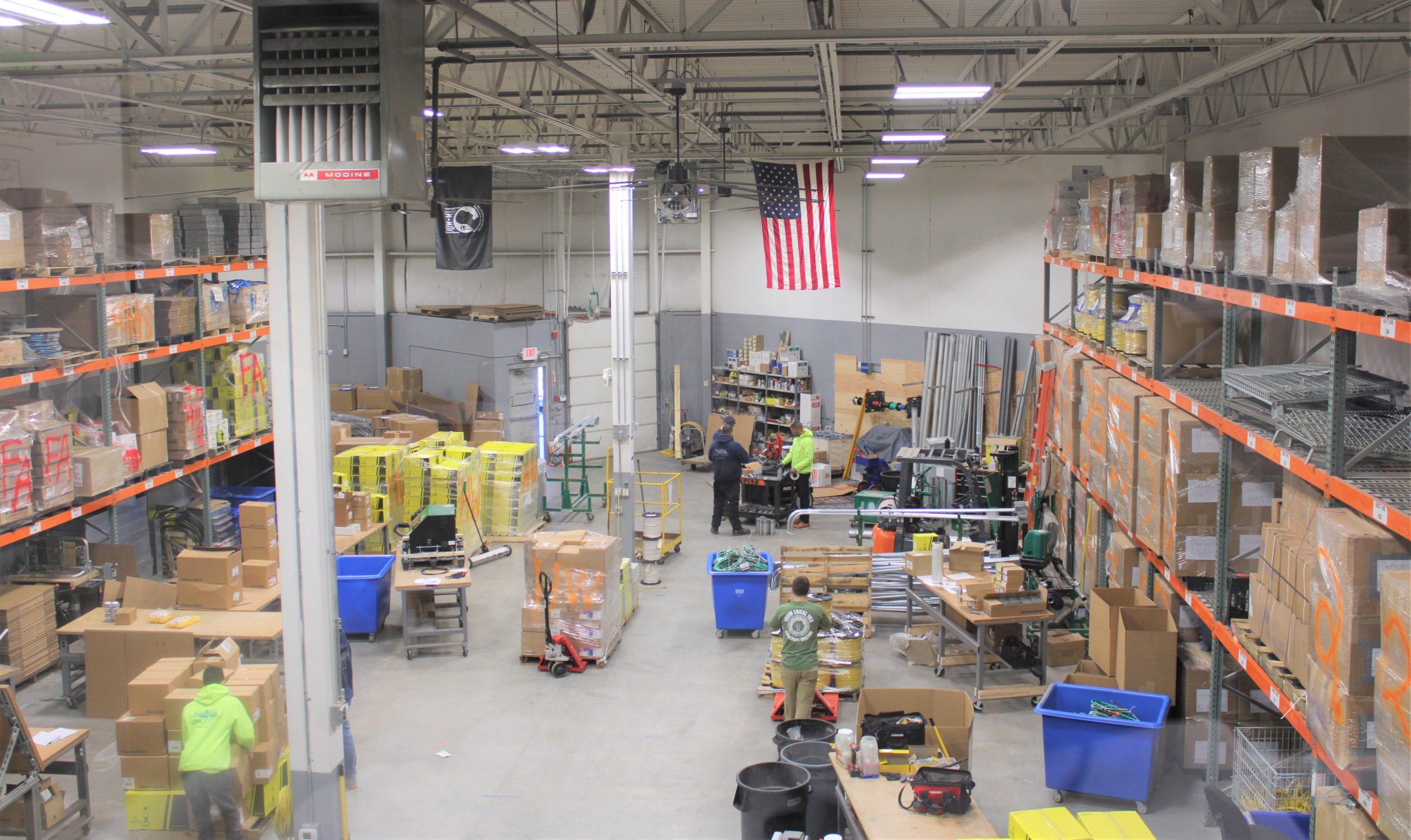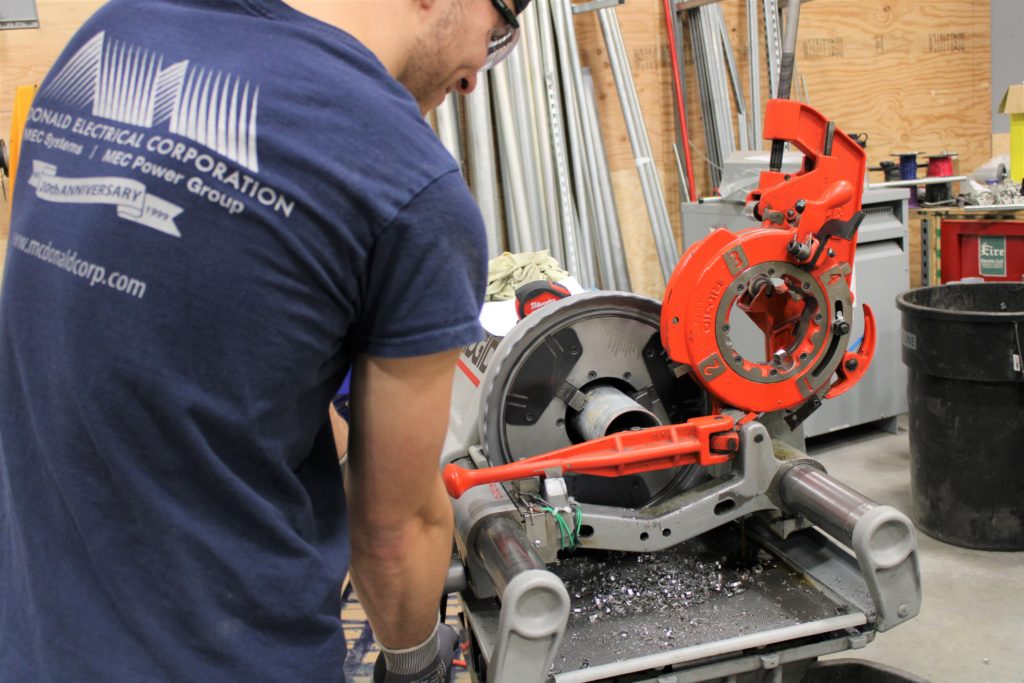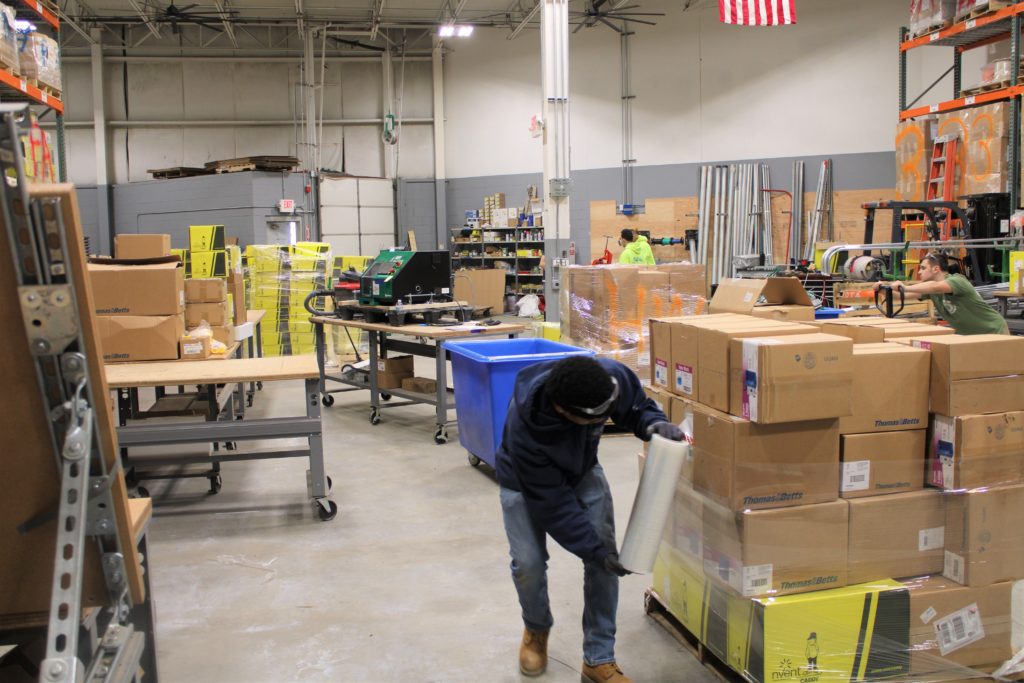
Prefabrication
Why Prefab?
Here at McDonald Electrical we have embraced the prefabrication process and have invested in new technologies, additional warehouse space, and additional management. What sets our prefabrication team apart is that “we do not prefab for the sake of prefab”. Through the collaboration of our pre-construction and construction teams, we challenge our teams to come up with potential prefabrication opportunities to assemble and kit materials off-site ahead of the construction schedule.
We also vet out the proposed opportunities against logistical constraints of the project along with the economic element, it has to make logical sense while being an economically viable option. There are times when prefabrication just isn’t feasible, but the pre-planning process has given us an early jump on how we will construct our scopes prior to putting boots on the ground.
While materials are being assembled off-site, our customers are welcome to visit our custom UL listed production floor where they can see for themselves the quality of the products we produce along with how we track, store, and deliver the materials on-time to support the project. Prefabrication gives McDonald the opportunity to maintain a smaller on-site footprint while adding to the project’s value stream. At McDonald we understand, for a project to finish on-time and on-budget, we need to thoroughly plan ahead and include the customer in the process.
Benefits
The main benefit of prefabrication is pre-planning. Having a plan prior to the actual construction starting gives our team a much better chance to execute our work rather than reacting to site conditions. During the pre-construction phase, our project and VDC teams are able to create detailed models of each aspect of “what” we are constructing and then develop strategies for prefabrication options. Once we have our plans in place as to what we will prefab or kit, we then focus on the project logistics and how best to get the materials not only to the site but to the actual work-area without overstocking the project. Some of the other benefits we have seen are:
- A better understanding of the project schedule
- Detailed materials management
- Logistical Planning
- On-time delivery
- Better projected cash flow
- Quality control
- Controlled work environment
- Less material waste


